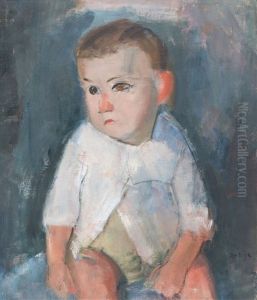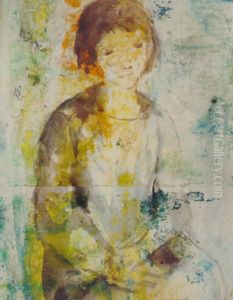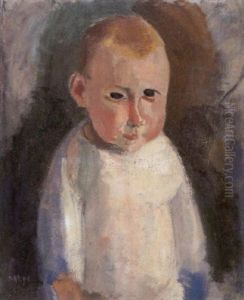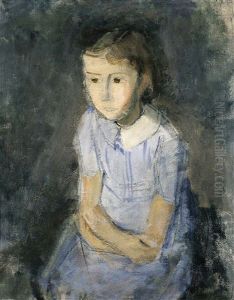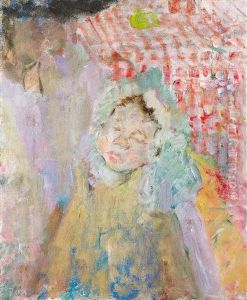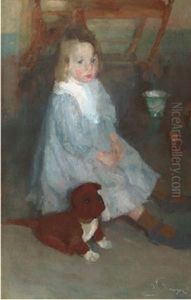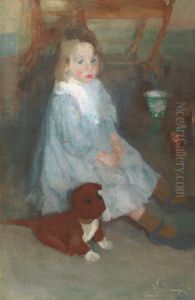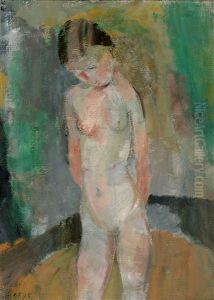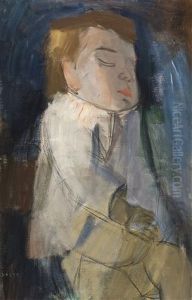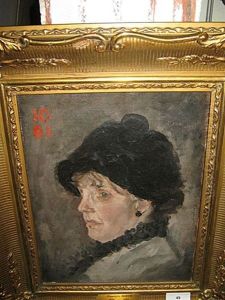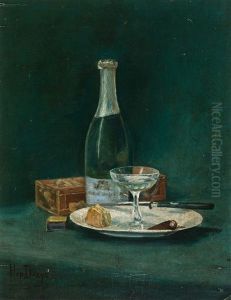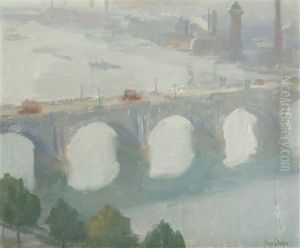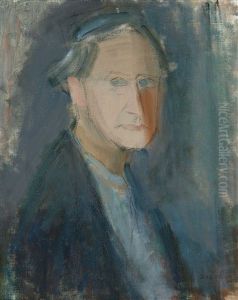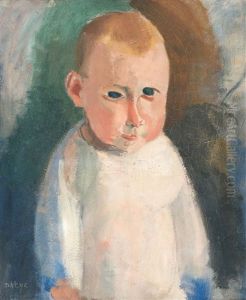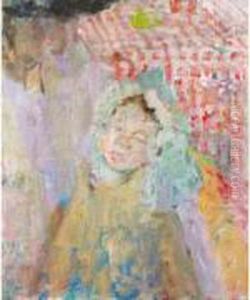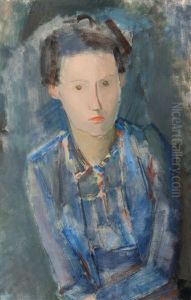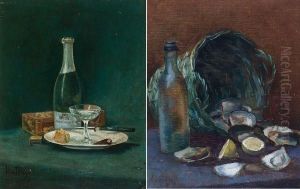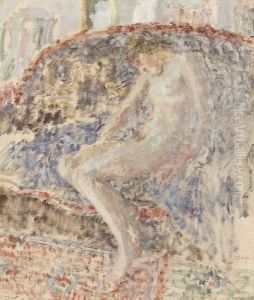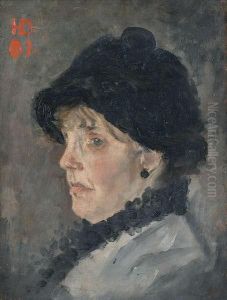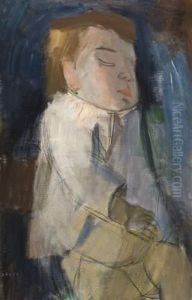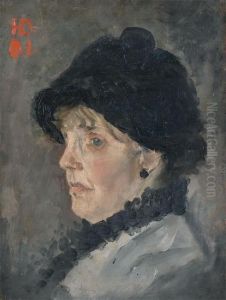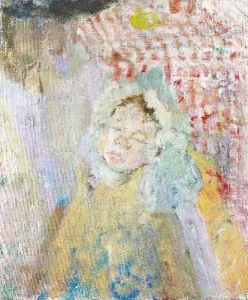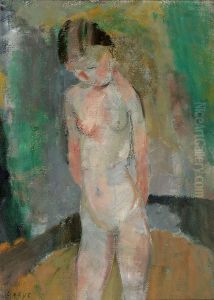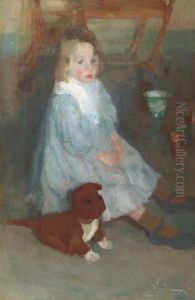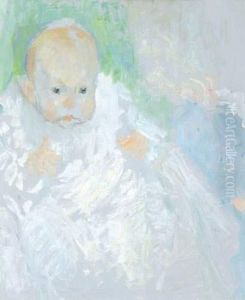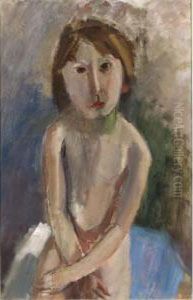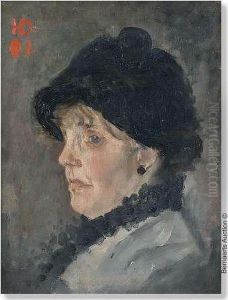Hippolyte Daeye Paintings
Hippolyte Daeye was a Belgian painter, born in Ghent in 1873. He is known for his intimate and emotional portrayals of figures, often focusing on the female form. Daeye's work is characterized by its sensitivity and warmth, often depicting his subjects with a strong sense of empathy and tenderness.
Daeye began his artistic career studying at the Royal Academy of Fine Arts in Ghent and later moved to Brussels, where he continued to develop his skills. His early work was influenced by the Symbolist movement, and he was particularly inspired by the works of Fernand Khnopff and Gustav Klimt. Over time, however, Daeye developed his own distinctive style, which leaned more towards Post-Impressionism and Fauvism. His use of color became bolder and his compositions more simplified, but his focus on the emotional and psychological states of his subjects remained constant.
Throughout his career, Daeye exhibited his work frequently and participated in various art exhibitions across Belgium. His paintings were well received, and he established a reputation as a sensitive and capable artist. Despite this, he never achieved the same level of fame or recognition as some of his contemporaries.
Daeye's work later in life continued to evolve, and he experimented with different styles and techniques. However, he always remained true to his passion for the human figure, and his paintings from this period are marked by a mature understanding of form and color.
Hippolyte Daeye passed away in 1952, leaving behind a body of work that has been appreciated for its emotional depth and artistic beauty. Although he may not be as widely known as other artists from his time, his contributions to the world of Belgian art are significant. Today, his paintings can be found in various museums and collections, where they continue to be admired for their warmth and humanity.
